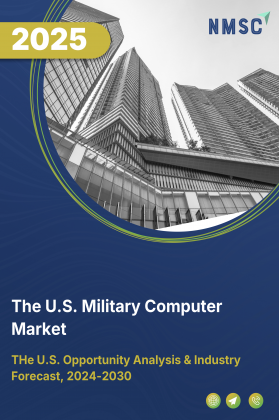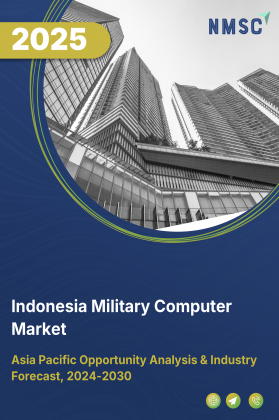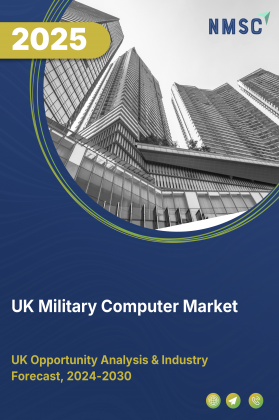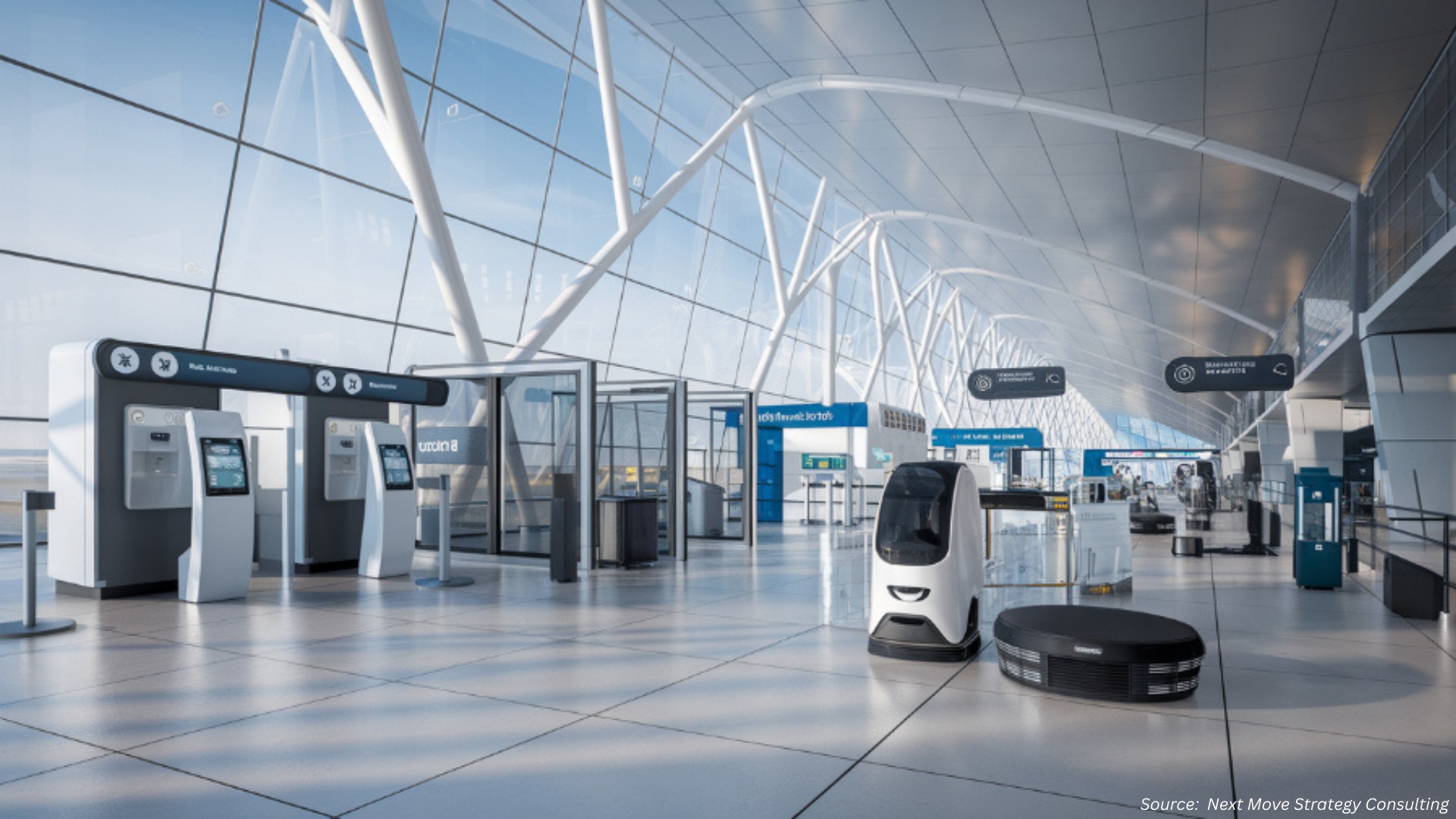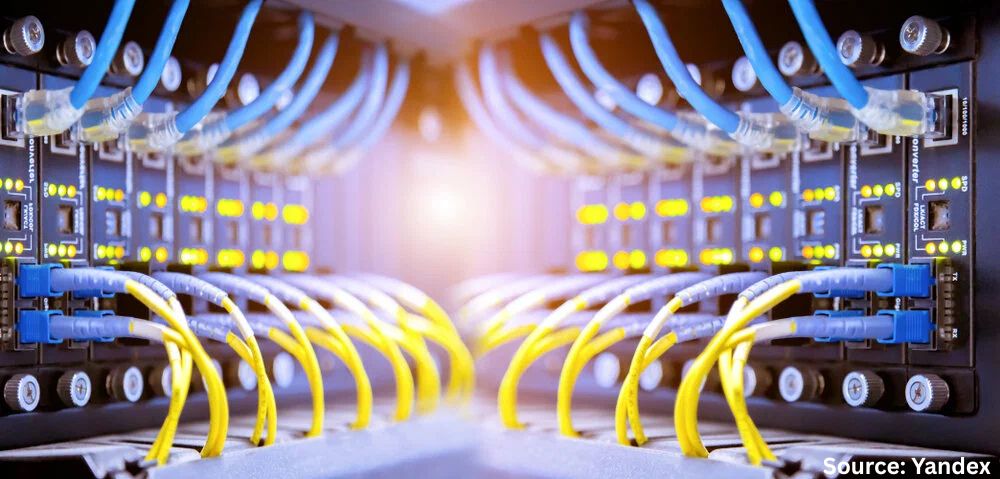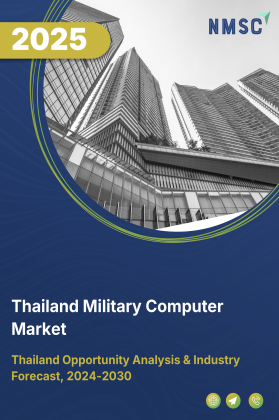
Thailand Military Computer Market by Component (Hardware, Software, and Service), by Product (Rugged Computer, Embedded Computer, and Wearable Computer), by Application (Command and Control Systems, Communication Systems, Combat and Tactical Operations, Intelligence, Surveillance, and Reconnaissance (ISR) Systems, and Others), and by End-User (Army, Navy, and Air Force) – Opportunity Analysis and Industry Forecast, 2025–2030.
Industry: Aerospace & Defense | Publish Date: 06-Nov-2025 | No of Pages: 120 | No. of Tables: 87 | No. of Figures: 52 | Format: PDF | Report Code : AD3667
Industry Outlook
The Thailand Military Computer Market size was valued at USD 149.6 million in 2024, and is projected to grow to USD 173.68 million by 2025. Additionally, the industry is expected to continue its growth trajectory, reaching USD 304.9 million by 2030, at a CAGR of 11.9% from 2025 to 2030.
The factors such as increased defense budgets and growing military capabilities to strengthening defense system drives market growth. However, the lack of technological advancement poses significant challenges to market expansion. On the contrary, the implementation of AI and ML technologies offers promising future opportunities to enhance operational efficiency and decision-making capabilities. Moreover, the top players such as Microchip Technology Inc. and Panasonic Corporation are taking various initiatives IN order to enhance their market position and expand their product offerings.
These initiatives are expected to drive innovation and adoption in the military computer market, improving the overall effectiveness and readiness of defense forces. With advancements in AI and ML, companies are focusing on developing reliable communication and autonomous systems, offering enhanced security, privacy, and user control. As the market matures, the increasing demand for enhanced operational efficiency and decision-making capabilities is expected to fuel further growth.
Increased Defense Budgets Driving Thailand Military Computer Market Growth
The rise in defense budget in the country is a key driver for growth in the military computer market. As defense budgets increases, there is an increased focus on acquiring advanced computing systems to improve operational capabilities. These systems are vital for real-time data analysis, communication, and mission-specific applications. As per a report from Stockholm International Peace Research Institute (SIPRI), Thailand’s military expenditure averaged USD 2,392.9 million from 1957 to 2023 to strengthen its defense capabilities, with a substantial portion allocated to developing advanced military technologies, including military computing systems. The military gains access to high-performance technologies that enhance operational efficiency with higher defense spending. The emphasis on strengthening defense infrastructure through technology further accelerates the adoption of these systems, supporting overall market growth.
Growing Military Capabilities Strengthening Defense System Driving Market Trends
The rise in military capabilities accelerates the growth of the market as nations strengthen their defense systems and require advanced computing solutions. With the modernization of defense infrastructure, the demand for mission computers increases to facilitate secure communication, real-time data analysis, and effective mission coordination. The Lowy Institute Asia Power Index states that the Thailand score reached 13.1 in 2024, reflecting a growth of 8.3% compared to previous year. This growing emphasis on modernizing defense capabilities reflects the need for cutting-edge mission computing systems to support a range of military functions, from intelligence gathering to logistics management and tactical planning. Thus, the growth in military capabilities highlights the increasing emphasis on advanced mission computing systems that drives the demand for these technologies to enhance defense readiness and operational efficiency, boosting the Thailand military computer market demand.
Lack of Technological Advancement Restrains the Thailand Military Computer Market Expansion
The lack of technological advancement in the country hinders the adoption of advanced military computing systems. Without access to cutting edge technology, the defense sector of the country is unable to fully utilize advancements in real-time data processing, secure communications, and complex simulations that are critical for modern warfare. This delay in innovation prevents defense forces from leveraging the latest technologies, reducing operational efficiency and limiting the overall effectiveness of military computing solutions that in turn is restraining market growth.
Integration of Artificial Intelligence and Machine Learning Technology Creates Future Market Opportunities
The integration of advanced technologies, such as artificial intelligence and machine learning creates possibility for military computer market growth. Military forces all over the region seeks to improve their capabilities to stay ahead of adversaries. These technologies allow rugged military computers to analyze vast amount of data from various sources to provide actionable insights that improve situation awareness and tactical planning. Also, these advanced technologies enable continuous learning from past operations and evolving threats, improving the performance of tactical computers. As defense budgets continue to rise and the need for advanced technologies increases, the integration of AI and ML in military computers is expected to drive significant growth in the market.
Competitive Landscape
Several key players operating in the Thailand military computer industry are Microchip Technology Inc., Panasonic Corporation, Dell Technologies, Thales Group, IBM Corporation, Mitsubishi Electric Corporation, Honeywell International Inc, Twinhead International Corp., Zebra Technologies Corp., L3Harris Technologies, Inc.
Thailand Military Computer Market Key Segments
By Component
-
Hardware
-
Processors
-
Input/Output Devices
-
Others
-
-
Software
-
Operating Systems
-
Application Software
-
-
Service
By Product
-
Rugged Computer
-
Rugged Laptops
-
Rugged Tablets
-
Rugged Displays
-
Rugged Handhelds
-
-
Embedded Computers
-
Wearable Computers
By Application
-
Command and Control Systems
-
Communication Systems
-
Combat and Tactical Operations
-
Intelligence, Surveillance, and Reconnaissance Systems
-
Others
By End User
-
Army
-
Navy
-
Air Force
Key Players
-
Microchip Technology Inc.
-
Panasonic Corporation
-
Dell Technologies
-
Thales Group
-
Mitsubishi Electric Corporation
-
Twinhead International Corp.
-
Zebra Technologies Corp.
-
L3Harris Technologies, Inc.
Report Scope and Segmentation
|
Parameters |
Details |
|
Market Size in 2025 |
USD 173.68 Million |
|
Revenue Forecast in 2030 |
USD 304.9 Million |
|
Growth Rate |
CAGR of 11.9% from 2025 to 2030 |
|
Analysis Period |
2024–2030 |
|
Base Year Considered |
2024 |
|
Forecast Period |
2025–2030 |
|
Market Size Estimation |
Million (USD) |
|
Growth Factors |
|
|
Companies Profiled |
10 |
|
Market Share |
Available for 10 companies |
|
Customization Scope |
Free customization (equivalent up to 80 working hours of analysts) after purchase. Addition or alteration to country, regional, and segment scope. |
|
Pricing and Purchase Options |
Avail customized purchase options to meet your exact research needs. |

















 Speak to Our Analyst
Speak to Our Analyst



